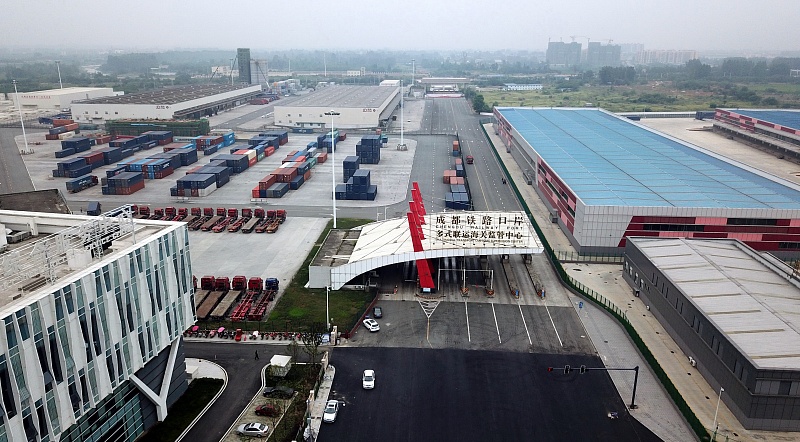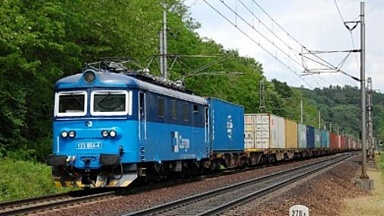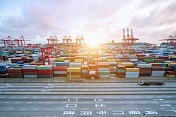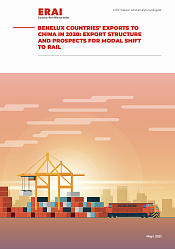Its container automation operation system featured with the leading technology in China has played an outstanding role in improving the production efficiency of railway logistics park (freight yard) and reducing safety risks, filling the industry’s technical gaps in China.
For container operation of conventional railway logistics park (freight yard), information collection, entry, verification and check of cargoes and containers, container inspection, container distribution and gantry crane operation are all under manual operation, leading to low operation efficiency, high labor intensity, high safety risk, and backward container space and area management. The intelligent container yard of Zhongding Logistics Park is an automated container operation system based on the experience of advanced automated unmanned terminals in the world, such as Shanghai Yangshan Port (Phase IV) and Qingdao Port Automated Terminal, and combined with the container operation requirements of railway logistics park (freight yard) and the safety requirements of railway freight loading operation. The system is mainly composed of «remote-monitored automatic gantry crane + container unmanned navigation vehicle + yard management operation and dispatching system». Compared with the conventional railway container operation mode, it can greatly improve the comprehensive operation efficiency, reduce the safety risks in the operation, reduce the number of operators and realize zero emission of waste gas from yard operation.
Zhongding Logistics Park, which was put into operation in November 2016, plays an important role in Shanxi’s adjustment of industrial structure and the implementation of comprehensive transformation and reforms. In October 2018, Zhongding Company launched the intelligent automatic unmanned container yard project with special funds for technological transformation in Shanxi Province.
In more than one year, Zhongding Logistics Park has cooperated with many scientific research organizations to successively solve the practical problems of unmanned container navigation vehicles in railway freight yards, the safety problems in automatic operation of FTR lock on railway freight cars, and the organization of cargo loading operations under automatic operation. It not only realizes remote control, unmanned operation, unmanned container navigation and transportation, intelligent scheduling and other advanced port technologies in railway logistics parks (freight yards), but also has unique technical advantages such as railway safety management, railway freight yard operation organization, etc. The automated intelligent container yard has improved the container operation efficiency of the railway logistics park. Its information-based intelligent function provides technical and information guarantee for rail-sea intermodal transport and provides new modes and experiences for the technical transformation and functional upgrading of large railway logistics park, railway container central station and large railway container yard.





